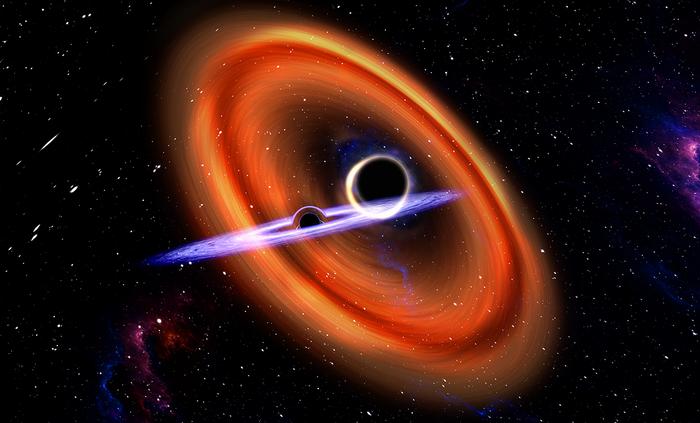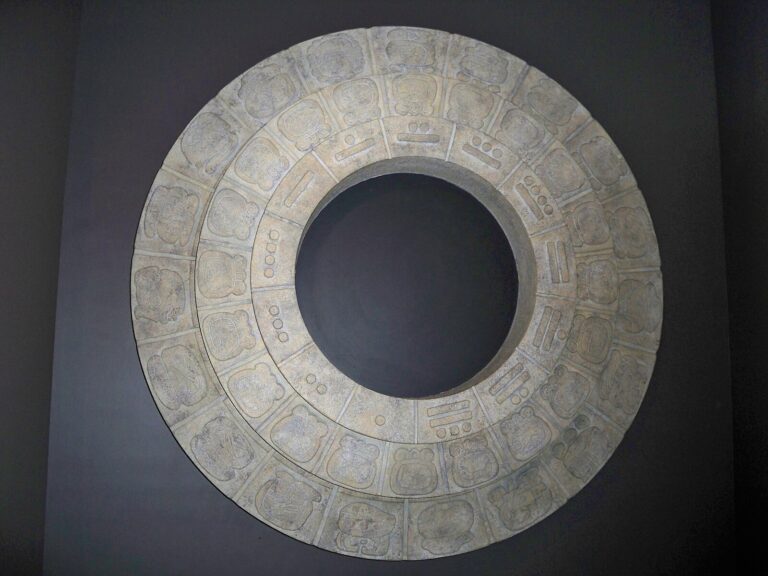Key Takeaways:
A cloud of gas and young stars in the Perseus molecular cloud may be revealing a strange truth to the universe: most, if not all, stars are born in pairs. This means that somewhere out there, the Sun has a lost companion — and it may be one of several known stars.
Essentially, all stars form in molecular clouds. In the Perseus observations, nearly all of these stars were gravitationally bound. This may be a requirement of protostars — the egg-like objects could require a common center of gravity with a companion to accumulate mass. The dense cores then use leftover material to form more stars, continuing the process.
So why doesn’t the Sun have a binary companion (well, depending on who you ask)? It seems that 60 percent of stars shed their binary sister over time, gaining a wider distance from their partner until they are gravitationally severed. They also may not all have the same symmetry with regard to mass, meaning that some former companions could be brown dwarfs cast out by larger stars.
The authors of the paper, accepted in the Monthly Notices of the Royal Astronomical Society, say more work is needed to confirm their hypothesis. But if it’s true, the hunt may be on for the companion the Sun once had.
Essentially, all stars form in molecular clouds. In the Perseus observations, nearly all of these stars were gravitationally bound. This may be a requirement of protostars — the egg-like objects could require a common center of gravity with a companion to accumulate mass. The dense cores then use leftover material to form more stars, continuing the process.
So why doesn’t the Sun have a binary companion (well, depending on who you ask)? It seems that 60 percent of stars shed their binary sister over time, gaining a wider distance from their partner until they are gravitationally severed. They also may not all have the same symmetry with regard to mass, meaning that some former companions could be brown dwarfs cast out by larger stars.
The authors of the paper, accepted in the Monthly Notices of the Royal Astronomical Society, say more work is needed to confirm their hypothesis. But if it’s true, the hunt may be on for the companion the Sun once had.










